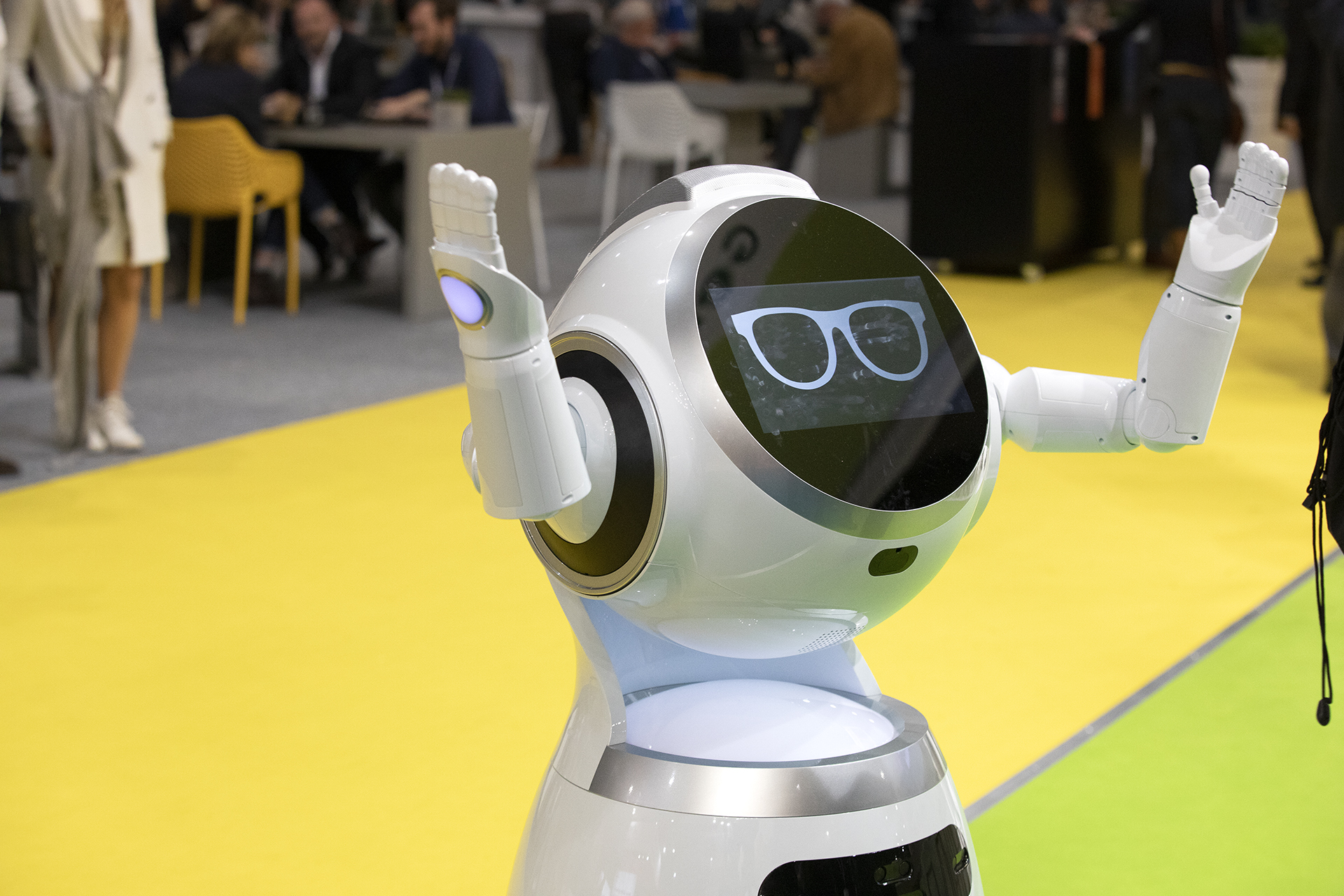Successful application of robots in healthcare requires a different way of innovation. At every stage of development, the added value of the healthcare robot for patients, healthcare providers and society should be central. A new framework and a learning line, to which Radboudumc has contributed, should ensure the anchoring of this principle.
The number of robots in healthcare is expected to increase significantly. The assumption is that healthcare robots can alleviate staff shortages, simplify operations or make healthcare cheaper.
This sounds nice, but practice is different for now, observes Maroeska Rovers, professor of Medical Technology and Innovation at Radboudumc and scientific director of the TechMed Centre at the University of Twente. Robots in healthcare are still too often approached as a technical gadget. She therefore advocates a different way of innovating, where at every stage of a robot's development the added value for both caregiver and patient and society is central.
Robotic innovation framework
This integrated approach is the common thread of a new framework developed by the international IDEAL Colloquium. In it are guidelines and tips for anyone working on robot innovations in healthcare.
An explanation of this framework was recently published in the scientific journal Nature Medicine, with researchers from UCL, UK, as lead authors. The study highlights innovative approaches for evaluating surgical robotic devices at an early stage of their development. According to the researchers, this promotes integration into daily clinical practice.
Encouragement
Rovers and her colleagues at Radboudumc provided the Dutch contribution. "With this framework, we want to encourage every innovator in healthcare to think carefully about robot innovations in healthcare," she explains. "Healthcare has to become more efficient, sustainable and accessible. Innovations such as remote monitoring and robotics can improve care and reduce staff shortages. But in doing so, careful development and implementation is essential, with attention to patient needs and collaboration among all stakeholders."
Four perspectives
To engage all stakeholders in a timely manner, the researchers highlight four perspectives in the article: the device, the caregiver, the patient and the system. For each perspective, they provide concrete tips and tools. When evaluating the device, for example, developers should ask what the addition of artificial intelligence means. Does it change current evaluation models because evaluation will be continuous?
Ethical challenges
Where healthcare providers are concerned, the researchers argue that it is important to validate expectations about the ergonomic benefits of robots for surgeons. Surgeons' learning curve also needs to be considered. From the patient's perspective, robots introduce new ethical challenges. For example, who is responsible for errors when systems have a degree of autonomy?
Cost
Rovers and her team looked specifically at the healthcare cost piece. "The financial cost of robotic systems is high," Rovers underscores the relevance of this point. "An analysis of the economic viability and sustainability of robots is also important. Here we have to look at the specific organization and healthcare system, but we also have to remember the impact on the environment."
Course
Along with this publication, Rovers is launching the Surging Innovation curriculum. This stems from the NWO Vici grant she received in 2018. She developed this course based on her ambition to contribute to the development of effective, affordable and valuable surgical innovations. Rovers researched better methods to evaluate surgical innovations as early as possible, including as early as the development and testing phase. "The course is publicly accessible and available to all healthcare innovators and other interested parties. I encourage everyone to take this course so we can bring innovations to market that add value for patients, healthcare providers and society."












